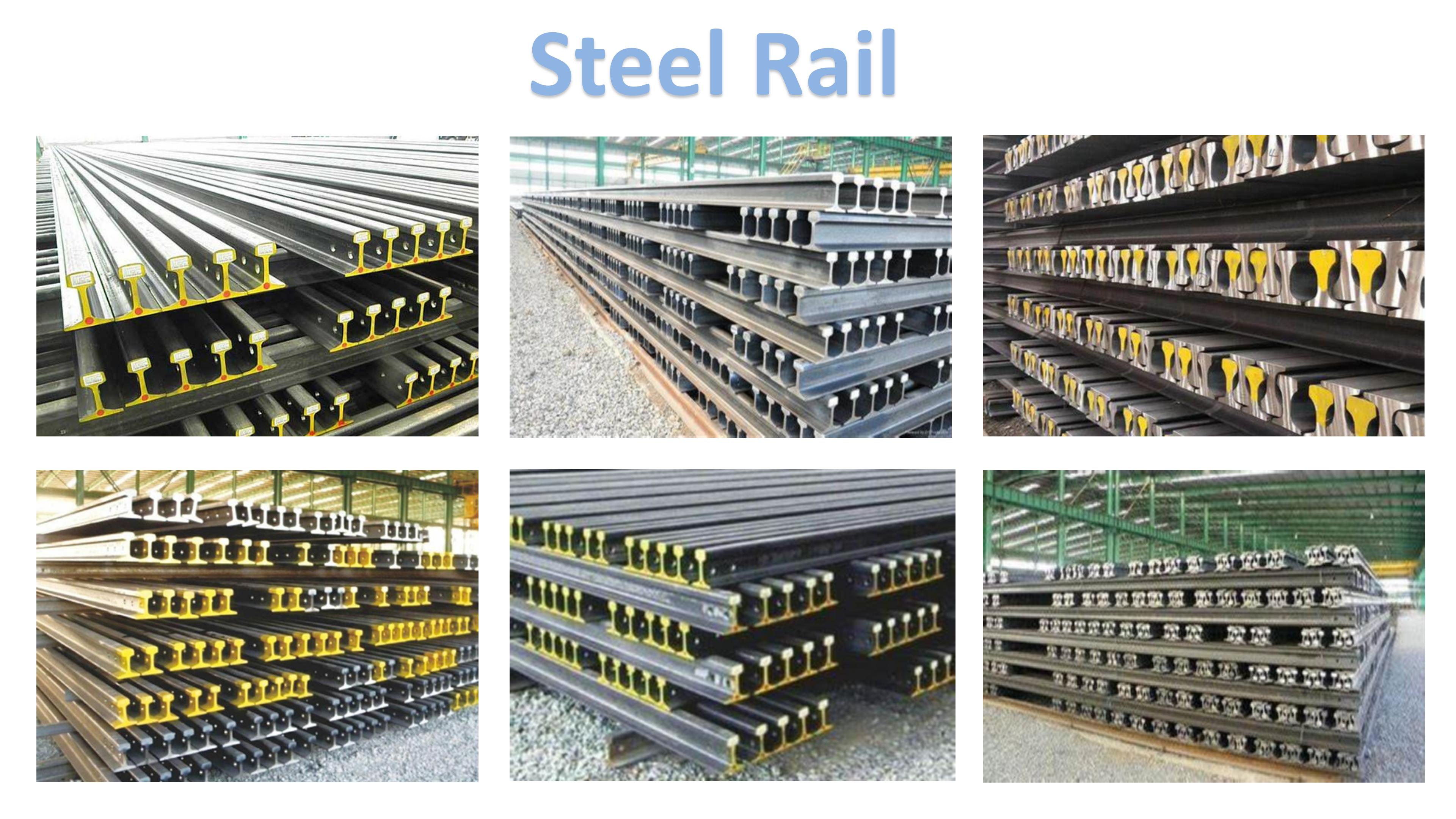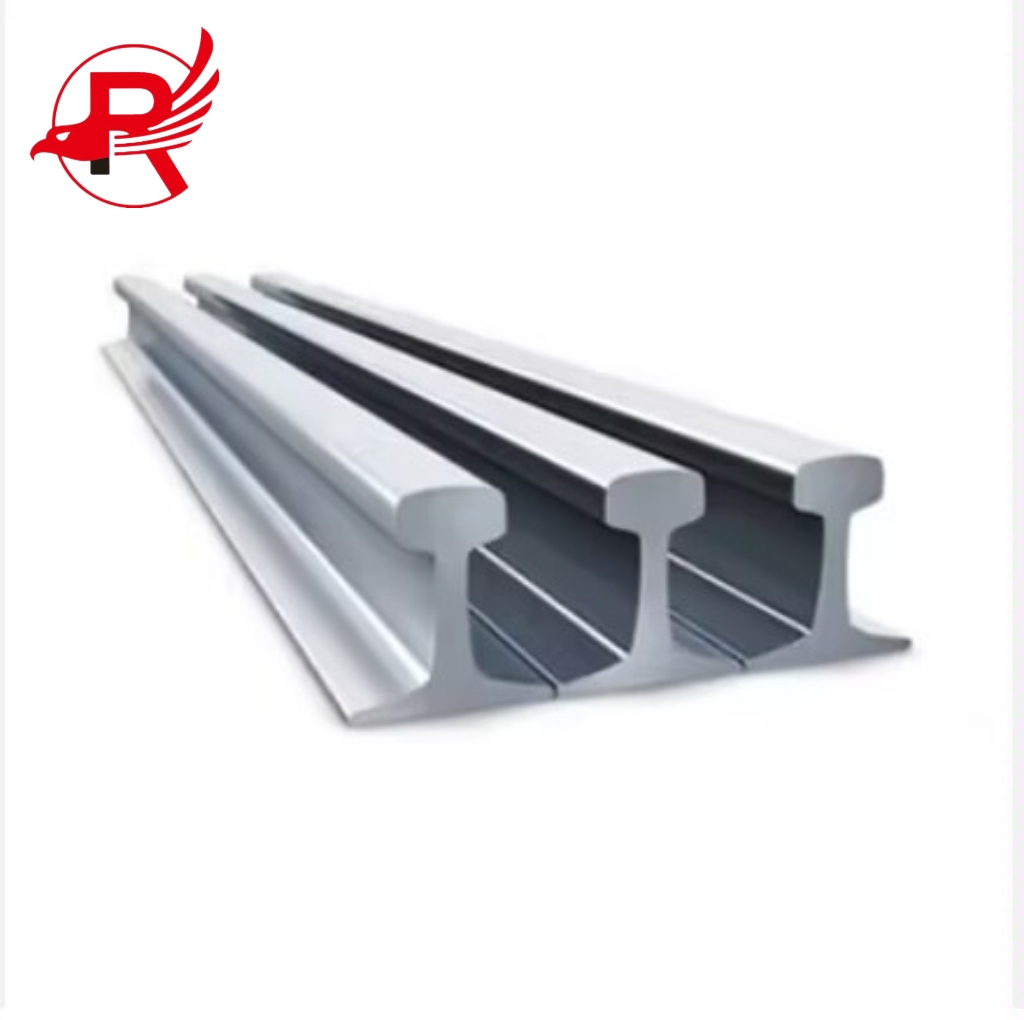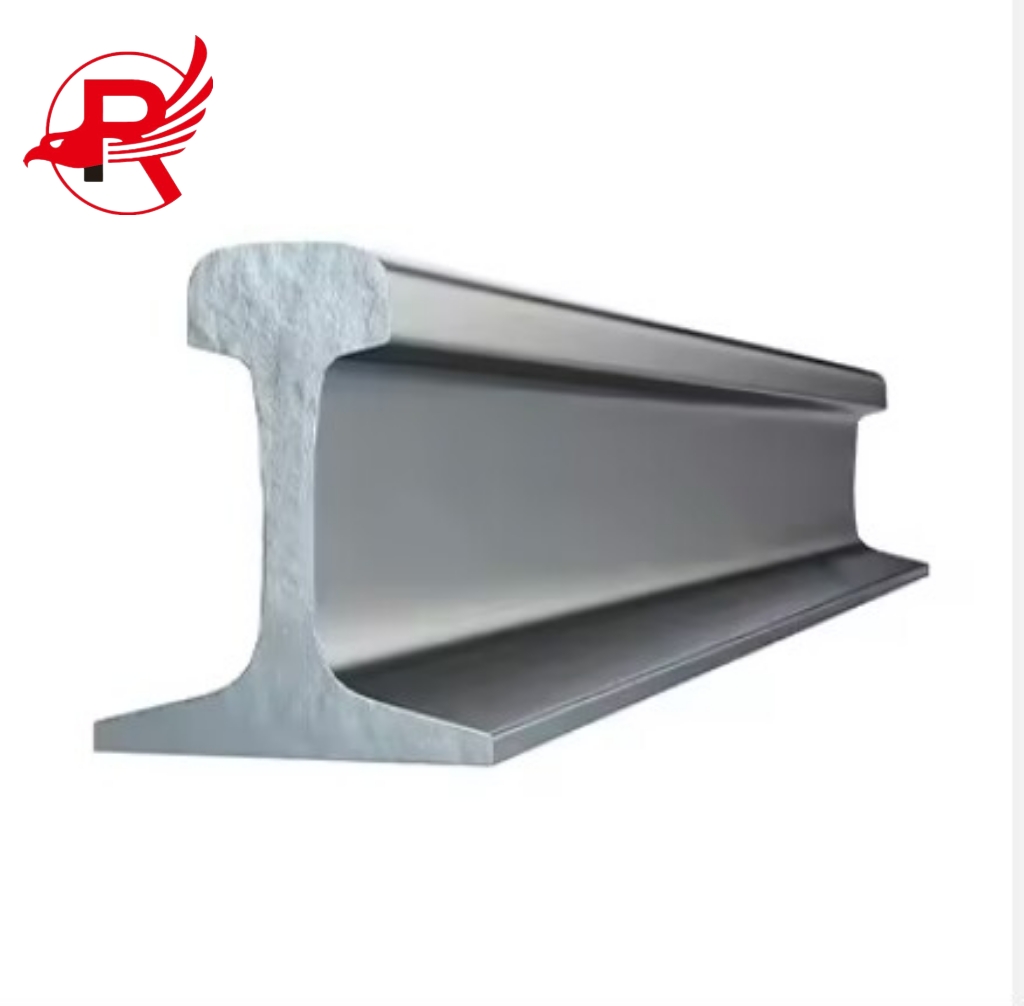As we travel from one place to another, whether it’s for work or leisure, we often take for granted the intricate network of railway infrastructure that enables our journeys. At the heart of this infrastructure are the steel rails that support the weight of the trains and guide them along their paths. Among the various types of steel rails used in railway construction, galvanised steel rails play a crucial role in ensuring the longevity and reliability of the railway system.
Steel rails are the foundation of railway tracks, providing the necessary support and stability for trains to travel safely and efficiently. Traditional steel rails are susceptible to corrosion, which can compromise their structural integrity and pose safety risks. This is where galvanised steel rails come into play. By undergoing the galvanisation process, these rails are coated with a protective layer of zinc, which acts as a barrier against corrosion and extends the lifespan of the rails.
The galvanisation process involves immersing the steel rails in a bath of molten zinc, which forms a metallurgical bond with the surface of the steel. This creates a durable and corrosion-resistant coating that shields the rails from the harsh environmental conditions they are exposed to, such as moisture, chemicals, and extreme temperatures. As a result, galvanised steel rails are able to withstand the rigors of heavy train traffic and maintain their structural integrity over an extended period of time.

One of the key advantages of galvanised steel rails is their low maintenance requirements. Unlike untreated steel rails, which may require frequent inspections and maintenance to prevent corrosion, galvanised rails offer long-term protection with minimal upkeep. This not only reduces the overall maintenance costs for railway operators but also ensures the continuous operation of the railway system without disruptions caused by rail deterioration.
In addition to their corrosion resistance, galvanised steel rails also exhibit superior wear resistance, making them well-suited for high-traffic railway lines. The protective zinc coating enhances the durability of the rails, allowing them to withstand the constant impact and friction generated by the wheels of passing trains. This wear resistance is essential for maintaining the dimensional stability of the rails and preventing excessive wear that can lead to track misalignment and safety hazards.
Furthermore, the use of galvanised steel rails contributes to sustainable railway infrastructure. By extending the service life of the rails and reducing the need for frequent replacements, galvanisation helps minimize the environmental impact associated with steel production and rail maintenance. This aligns with the growing emphasis on sustainable practices within the transportation industry and underscores the role of galvanised steel rails in promoting eco-friendly railway systems.


The importance of steel rails in modern infrastructure cannot be overstated. They form the backbone of transportation systems, connecting cities, regions, and countries, and facilitating the movement of people and goods. Moreover, steel rails contribute to sustainability efforts by offering an energy-efficient mode of transportation, reducing carbon emissions and alleviating traffic congestion.
Looking ahead, the future of steel rails holds promise for even greater advancements. Research and development efforts are focused on enhancing the efficiency and sustainability of railway systems, with a keen emphasis on reducing environmental impact and improving operational performance. From the adoption of innovative rail technologies to the implementation of smart infrastructure solutions, the evolution of steel rails is poised to continue shaping the landscape of transportation and logistics.
In conclusion, the evolution of steel rails has been a remarkable journey, from their humble beginnings during the Industrial Revolution to their pivotal role in modern infrastructure. As a testament to human innovation and progress, steel rails have transformed the way we connect and move, laying the tracks for a future of sustainable and efficient transportation.
Address
Bl20, Shanghecheng, Shuangjie Street, Beichen District, Tianjin, China
Phone
+86 13652091506
Post time: May-14-2024
